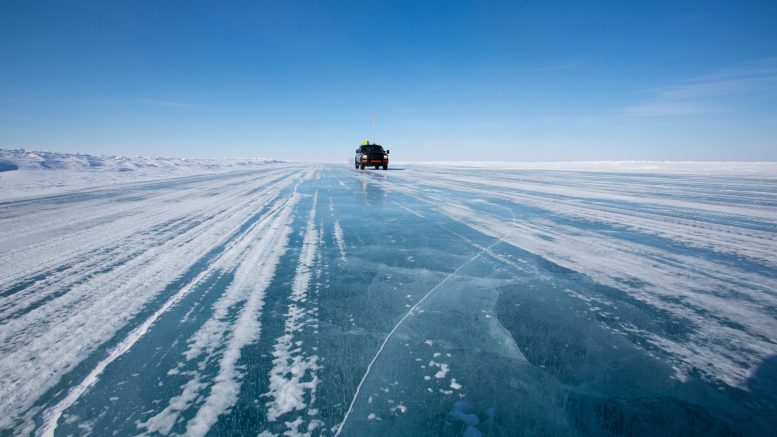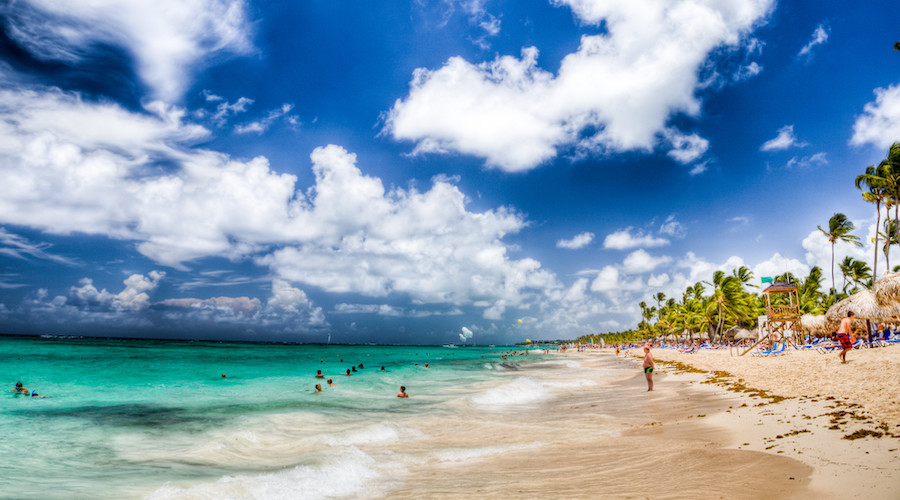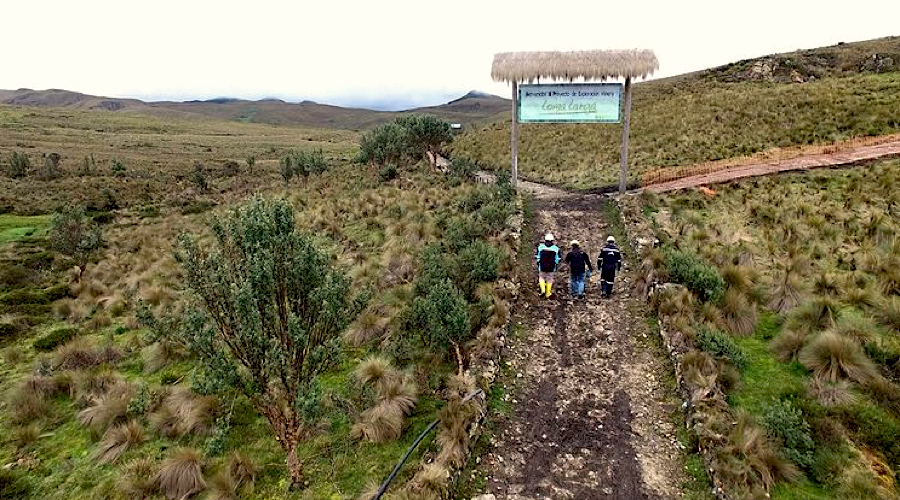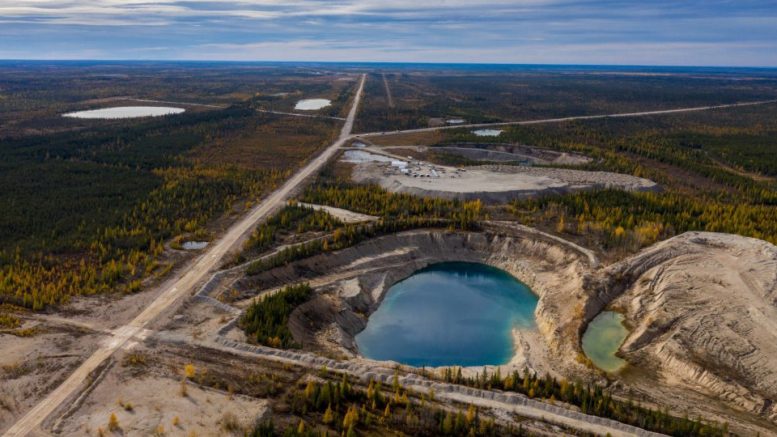Indonesia accounts for over 50% of deforestation caused by large-scale mining
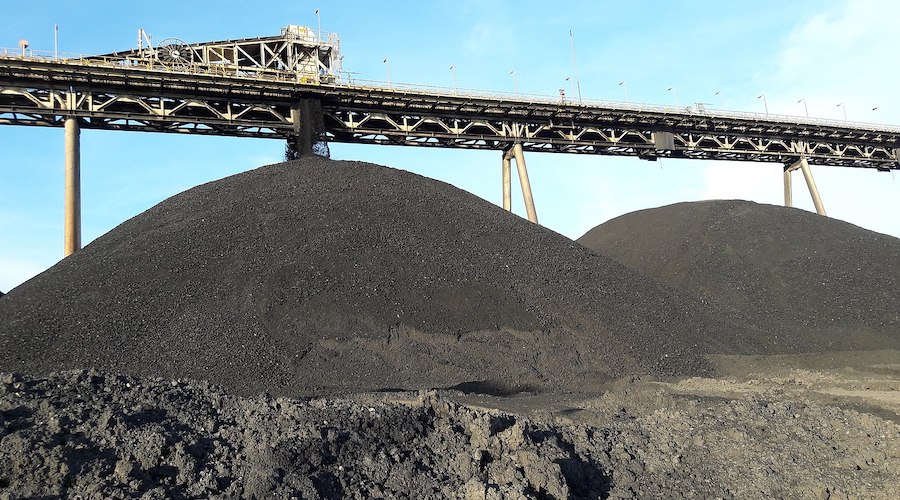

The researchers overlapped the geographic coordinates of industrial mines in operation from 2000–2019 with forest loss data from the Global Forest Change dataset for the same period. The data covered 26 countries representing 76.7% of the total tropical deforestation observed during the 19 years under review.
Coal extraction in the Indonesian province of East Kalimantan drove the mining-related deforestation in the country.
Other areas that stood out were the Brazilian state of Minas Gerais, where deforestation from iron ore and gold mining was clearly visible in the satellite data, as were damages caused by bauxite and gold mining in Ghana and Suriname.
Indirect impacts
According to the scientists behind the study, industrial mining also had widespread indirect impacts on deforestation. More than two-thirds of the countries studied had, within 50 kilometres of the areas designated for mines, higher rates of deforestation that were not connected to other factors.
“Against the rapidly growing demands for minerals, in particular for metals for renewable energy and e-mobility technologies, government and industry policies must take into account both the direct and indirect impacts of extraction,” Anthony Bebbington, corresponding author for the paper, said in a media statement.
“Addressing these impacts is an important tool for conserving tropical forests and protecting the livelihoods of communities who live in these forests.”
For Indonesia, Brazil and Ghana, tropical deforestation from industrial mining peaked from 2010–2014 but continues today.
Coal mining in Indonesia in particular doubled in this time period as output grew to match increased demand from China and India. Specifically, in East Kalimantan, 19% of the tree cover was lost over the past two decades.
The province, the center of coal mining for the country, hosts the construction site of the future national capital Nusantara, a city being built where a timber plantation once stood—and a tropical forest before that.
EIAs should cover larger areas
Given these results, the study points to the need for environmental impact assessments and other permitting requirements for industrial mining to cover a broader geographic scope that includes more territory outside of the project concession area. Applications for new mining projects should also not be examined in isolation; the cumulative impacts of other projects, such as agricultural developments, need to be considered.
“There is a broad range of environmental damage caused by mining operations on top of deforestation, including the destruction of ecosystems, loss of biodiversity, disruption of water sources, the production of hazardous waste and pollution,” Stefan Giljum, lead author of the study, said.
“Government permitting should take all of this into account; an industrial mine can easily disrupt both landscapes and ecosystems. Industrial mining remains a hidden weakness in their strategies to minimize environmental impacts.”
Giljum and his colleagues point out that previous research in the Brazilian Amazon has shown that acknowledging and enforcing the collective property rights of Indigenous peoples and local communities are the most effective ways to prevent deforestation, as deforestation in their territories is significantly lower than in places managed by other government or private entities.
They also note that the study did not include direct deforestation from artisanal and small-scale mining, as standardized global databases with geographic coordinates for such operations do not yet exist in forms that are amenable to statistical analysis.
Yet, the authors recognize that artisanal and small-scale mining, as well as illicit operations, generate significant environmental damage that demands scrutiny, response and remediation.
This post has been syndicated from a third-party source. View the original article here.
